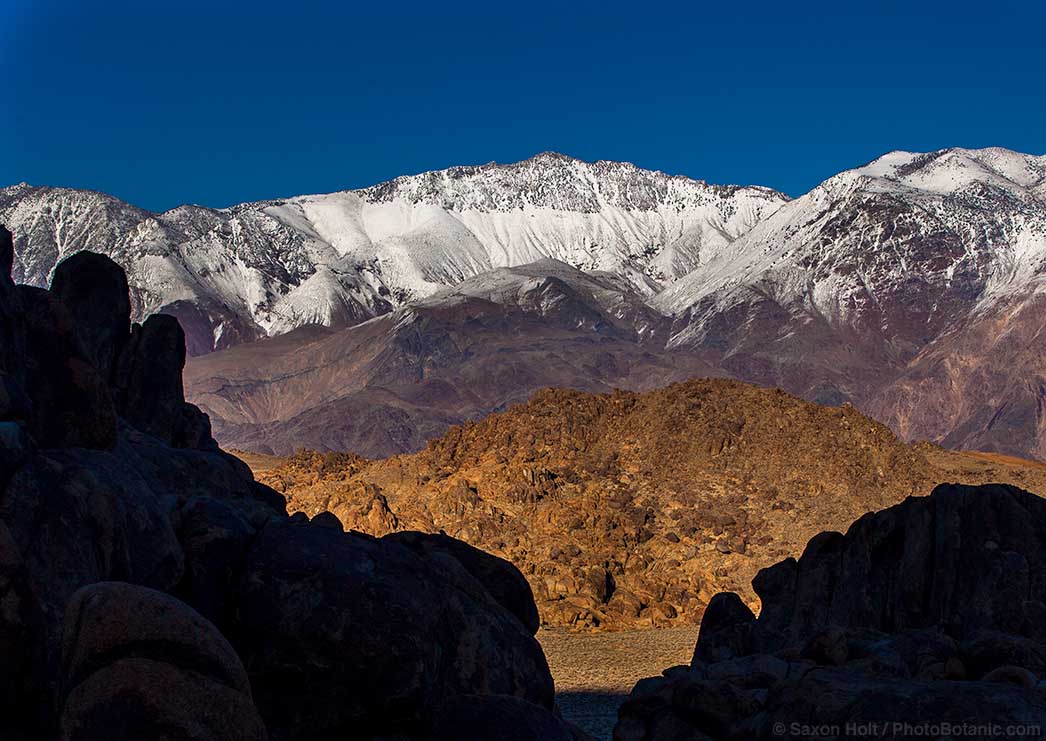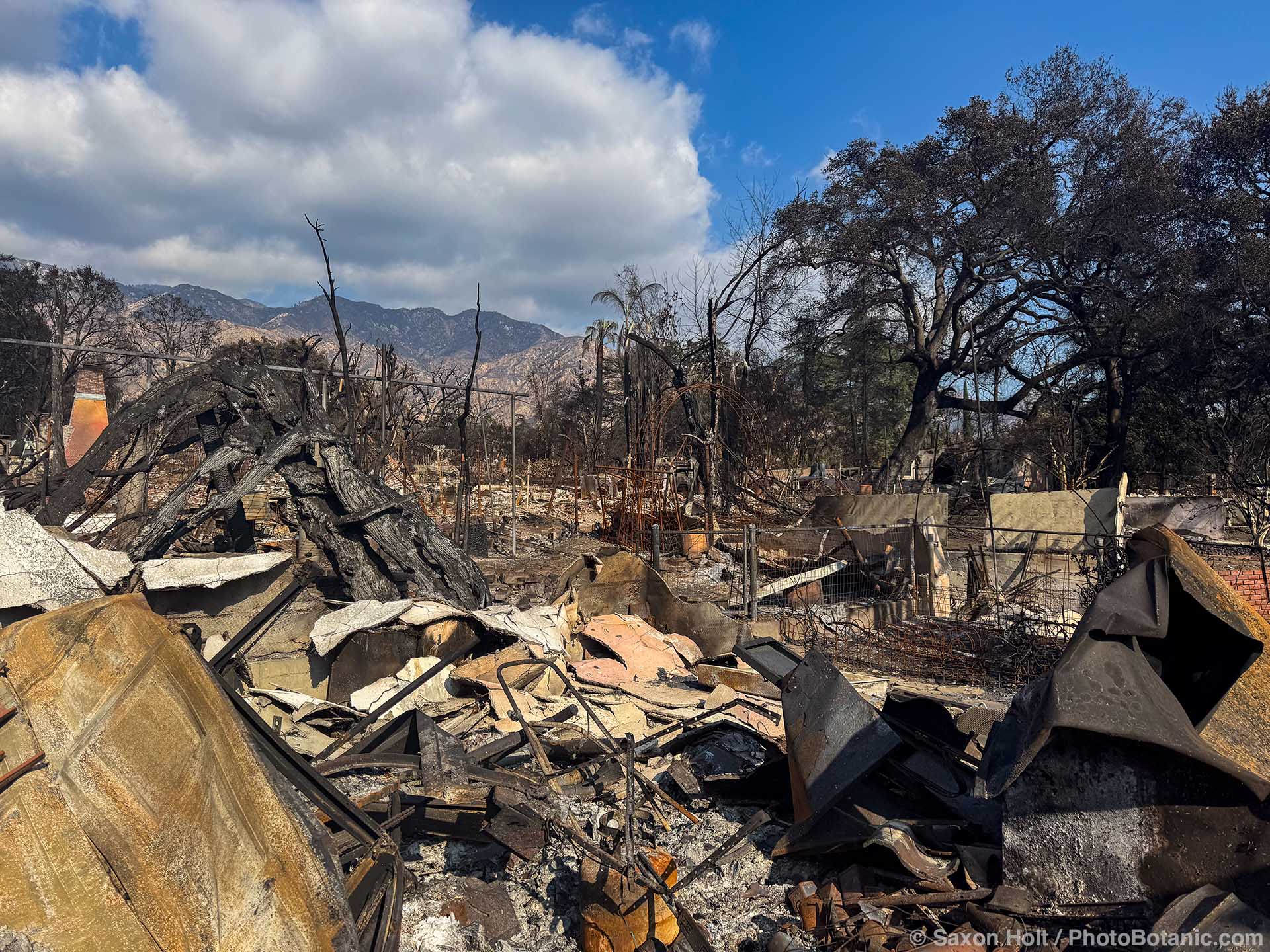Climate Change and Water Supply

Share This!
Global temperatures have been rising at least since the middle of the last century, and most projections anticipate that this trend will continue.
Effects of warming vary from one region of the world to another but prominently include the likelihood that precipitation will shift from snow to rain in many snow-fed watersheds. It is also likely that snow will melt faster and run off earlier, changing the timing of peak streamflow.

Snow is an important, even critical, seasonal water source for many regions with large mountain ranges, including most summer-dry climates.
Snowpack accumulates in the mountains in winter when demand for water is low and releases water gradually to reservoirs as demand for water rises. Southern Europe, northwestern Africa, the eastern Mediterranean region, and western North America are all to various degrees dependent on snowpack for water supply.
Many water systems have been designed to take advantage of this precipitation pattern and are not well suited to a climate where snowfall is reduced or less reliable. Faster, earlier, and more concentrated runoff can exceed the capacity of storage, treatment, and flood control systems while also failing to recharge groundwater basins on which many regions also rely.
As with all impacts of rising temperatures worldwide, a reduction in snowpack will affect different regions and watersheds in different ways. Some regions are less dependent on snowpack than others. Some regions are warming faster than others, and rainfall trends are at best unclear.
Regions that receive occasional summer rainfall or where summer-dry periods are relatively brief may fare better than those where summers are long and completely dry. Differences in population, urban development, agricultural land use, and water management also will continue to affect demand and supply.
One trend suggested by global and regional climate studies is an intensification of the natural variability of summer-dry climates. Already we are seeing more extreme and more frequent heat waves in parts of the Pacific coast.
When combined with the natural variation in precipitation, rising temperatures increase the likelihood that extremely hot summers and extremely dry winters will more often coincide, leading to intense or extended periods of drought. And if these events follow a winter of normal or high rainfall, the chances of wildfire multiply.
For the near future, the predominant effect is increased uncertainty of water supply. For the past several decades, water agencies have been addressing uncertainty by diversifying their water supply portfolios. Conservation, recycling, desalination, stormwater capture, and conjunctive use of surface and groundwater are some of the most common strategies.
Regardless of steps taken to reduce the impact, uncertainty of water supply likely will lead more often to local or regional restrictions on water use. Individuals and communities can take many steps to help protect themselves from water shortages while also contributing to the resilience of the water supply system.
Graywater, cisterns, rain gardens, detention basins, and porous pavings all make good use of water that otherwise may be lost to stormwater or sewer systems. All can be implemented by homeowners, homeowners’ associations, or city governments, and all can have immediate and discernible effects on onsite water supplies.
(Excerpted from Gardening in Summer-Dry Climates)
Share This!
Related Articles
By: Saxon Holt
By: Nora Harlow
By: Nora Harlow





